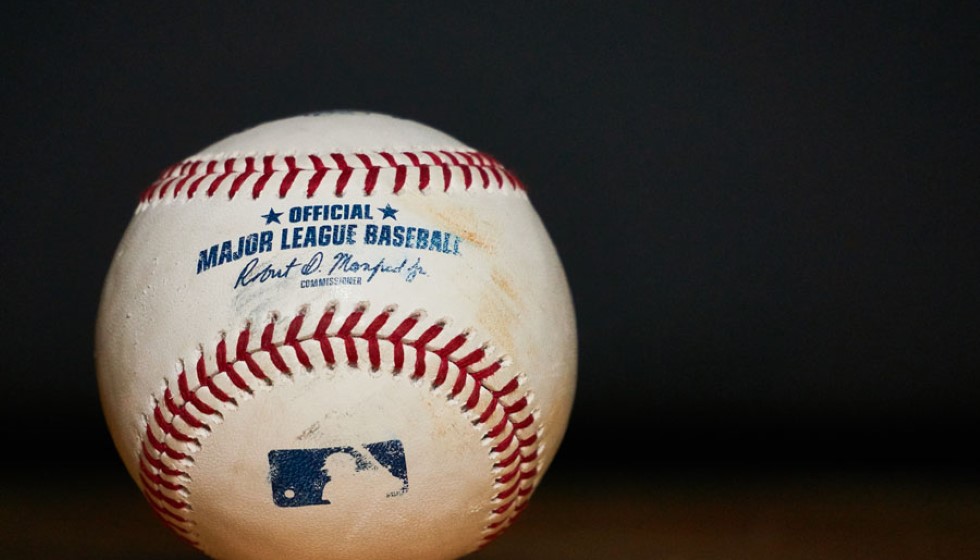
Hall of Fame Voting: A New Voice Joins an Entrenched Debate
This year's Hall of Fame ballot holds special significance for one sports journalist, as they cast their first official vote. This milestone arrives amidst a backdrop of intense debates and a class of candidates fraught with both remarkable achievements and controversial histories.
Among the luminaries on the ballot is Ichiro Suzuki, who burst onto the Major League Baseball scene at the age of 27 and swiftly left an indelible mark with over 3,000 hits in America. With a .311 batting average and 509 stolen bases, Ichiro’s career stats are impressive, yet the admiration he commands transcends mere numbers. "There's a 'feel' factor to him," remarked the debutant voter, underscoring the sometimes-intangible elements that sway Hall of Fame voting beyond the spreadsheet.
Indeed, the journey to Cooperstown is not solely navigated by statistical performance. As exemplified in the discussion comparing Ichiro to Kenny Lofton, "The Lofton/Ichiro comp is a great example of how HOF is definitely not a mere stats-based vote." This sentiment echoes throughout the discussions, where subjective evaluations interlace with objective analyses.
Barry Bonds and Roger Clemens are names amidst contention, their stellar careers shadowed by controversy. They share the ballot with players like A-Rod and Manny Ramirez, both linked to steroid use, and figures like Carlos Beltran and Brian McCann, whose reputations are tainted by the 2017 cheating scandal. These associations inevitably complicate the voting process, thrusting the question of character and integrity to the forefront of ballots.
Adding to the complexities, Félix Hernández presents his own enigmatic candidacy. Hernández, a Cy Young Award winner who placed second in voting twice, represents the eternal debate of potential versus longevity. Reflecting on his candidacy, the journalist pondered, "He's pretty clearly below the Hall of Fame line, basically, but I've been having second thoughts now about not voting for him." Such ambivalence captures the dilemmas voters face when evaluating a player's legacy.
Interestingly, analyses reveal that more players from the 1920s and 1930s have been inducted recently compared to their counterparts from the 1980s and 1990s. This trend prompts a reflective question asked by a reader: "How do you compare WAR for players currently on the ballot with players already in the HOF?" This comparison underscores the evolving criteria of Hall of Fame inclusion, where modern metrics like WAR interweave with historic precedents.
As the voter underscores, "I'm not the sole Hall of Fame voter. I don't get to decide which players get in or are left out." Each ballot is a single voice within a broader conversation, an exchange that reverberates beyond statistics and into the cultural and ethical realms of the sport. The debutant's vote, while personal, is part of the larger chorus of voices navigating the intersection of performance, legacy, and character.
In the end, the Hall of Fame serves as both a ledger of greatness and a mirror reflecting the complexities within the sport. For this journalist and others, the ballot signifies more than an assemblage of names; it is a vibrant narrative continually shaped by the forces at play in and around the diamond. As they pen their first vote, they do so knowing it contributes to the ongoing dialogue—a narrative where numbers tell part of the story, but not its entirety.